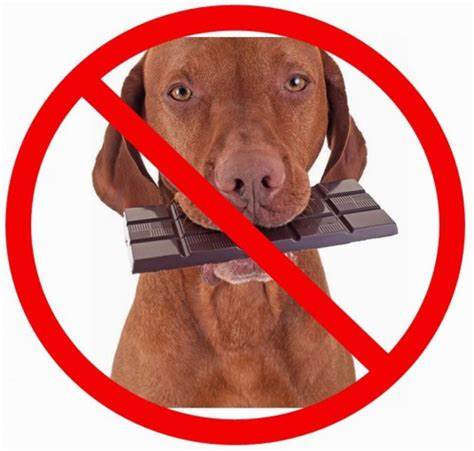Introduction
Chocolate is one of life's greatest pleasures for many of us. It comes in various forms and flavors, and it's often used to celebrate special occasions or to simply indulge in a sweet treat. However, as much as we love it, it's essential to remember that chocolate is a delight we should never share with our canine companions. In fact, chocolates can be incredibly harmful, even fatal, to dogs. In this blog, we'll explore why chocolates are bad for dogs and what you should do if your furry friend accidentally consumes any.
Understanding the Culprit: Theobromine
The reason chocolates are so dangerous for dogs lies in a substance called theobromine. Theobromine is a stimulant found in chocolate, and it belongs to the same family of compounds as caffeine. While humans can metabolize theobromine relatively easily, dogs process it much more slowly, which means it can build up to toxic levels in their system.
Different Types of Chocolate
Not all chocolates are created equal, and some are more dangerous to dogs than others. Here's a breakdown of common chocolate types:
1. Dark Chocolate: Dark chocolate has the highest theobromine content and is, therefore, the most toxic to dogs.
2. Semi-sweet Chocolate: Semi-sweet chocolate is also high in theobromine and should be kept far away from your furry friend.
3. Milk Chocolate: Milk chocolate contains less theobromine than dark or semi-sweet chocolate, but it's still dangerous when ingested by dogs.
4. White Chocolate: White chocolate has the lowest theobromine content, making it the least toxic of all chocolate varieties. However, it's still not safe for dogs due to its high sugar and fat content.
The Symptoms of Chocolate Poisoning in Dogs
When a dog ingests even a small amount of chocolate, it can lead to a range of symptoms, including:
1. Vomiting
2. Diarrhea
3. Rapid breathing
4. Increased heart rate
5. Restlessness
6. Tremors or seizures
7. Elevated body temperature
8. Muscle rigidity
9. Rapid breathing
10. Increased thirst and urination
In severe cases, chocolate toxicity can lead to coma, cardiac arrest, and death.
What to Do If Your Dog Consumes Chocolate
If you suspect that your dog has ingested chocolate, it's crucial to act swiftly. Here are the steps to follow:
1. Contact Your Veterinarian: Call your veterinarian immediately. They can advise you on the best course of action based on your dog's breed, size, and the amount and type of chocolate consumed.
2. Induce Vomiting: If directed by your vet, you may need to induce vomiting. However, this should only be done under professional guidance, as inducing vomiting can be dangerous in certain situations.
3. Seek Veterinary Care: In most cases, your vet will recommend bringing your dog in for immediate care. They may administer activated charcoal to absorb any remaining theobromine in your dog's system, provide intravenous fluids, and monitor your pet's condition.
Prevention is the Best Medicine
As the saying goes, "an ounce of prevention is worth a pound of cure." The best way to protect your dog from chocolate toxicity is to keep chocolates out of their reach. Educate your family members and guests about the dangers of feeding chocolates to dogs, and be mindful of where you store your chocolate treats.
Conclusion
Chocolates are a delicious indulgence for us, but they can be a dire threat to our canine companions. Understanding the toxic nature of theobromine and the symptoms of chocolate poisoning is crucial for every dog owner. By keeping chocolates safely out of reach and being aware of the potential dangers, you can ensure that your furry friend remains happy and healthy. If you ever suspect your dog has consumed chocolate, don't hesitate to contact your veterinarian and seek professional guidance immediately. Remember, when it comes to chocolates and dogs, it's better to be safe than sorry.
Subscribe to our emails
Be the first to know about new collections and exclusive offers.


1 comment
Thankyou for this important information. When you understand the dangers it keeps you aware of the dangers.